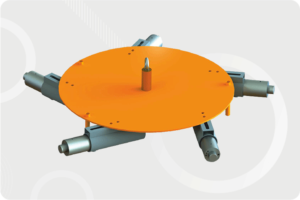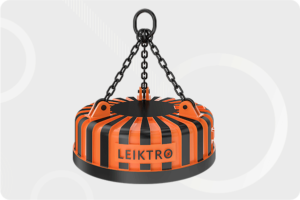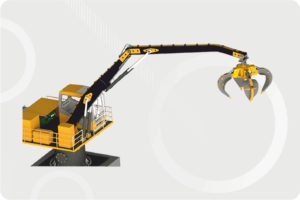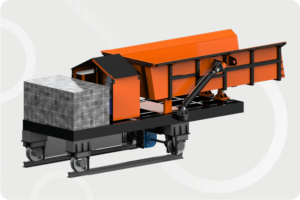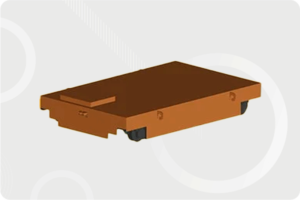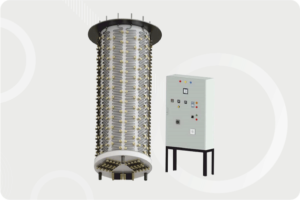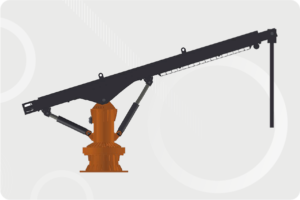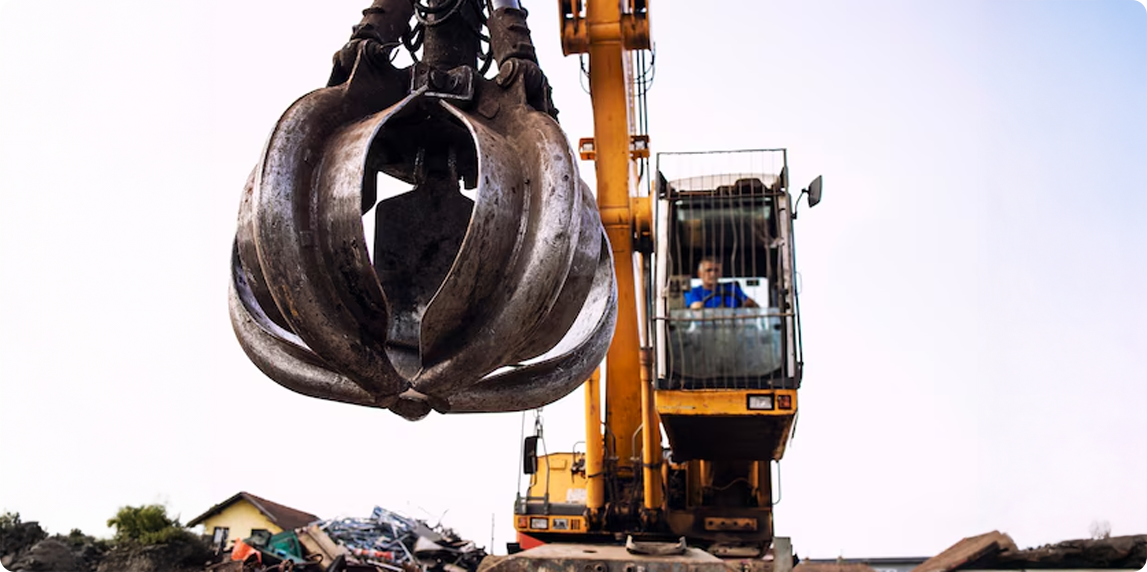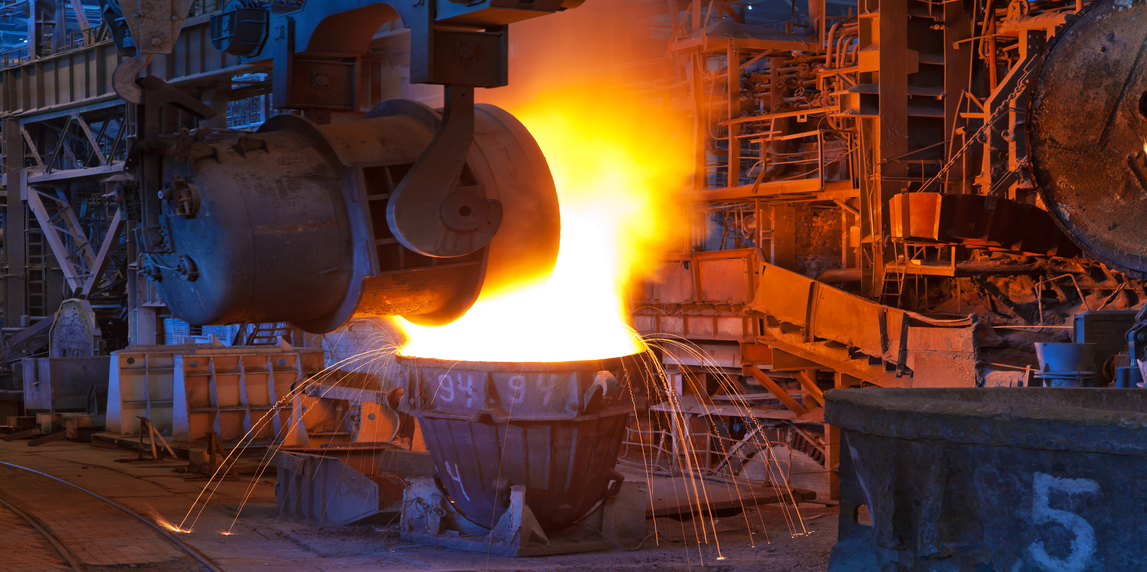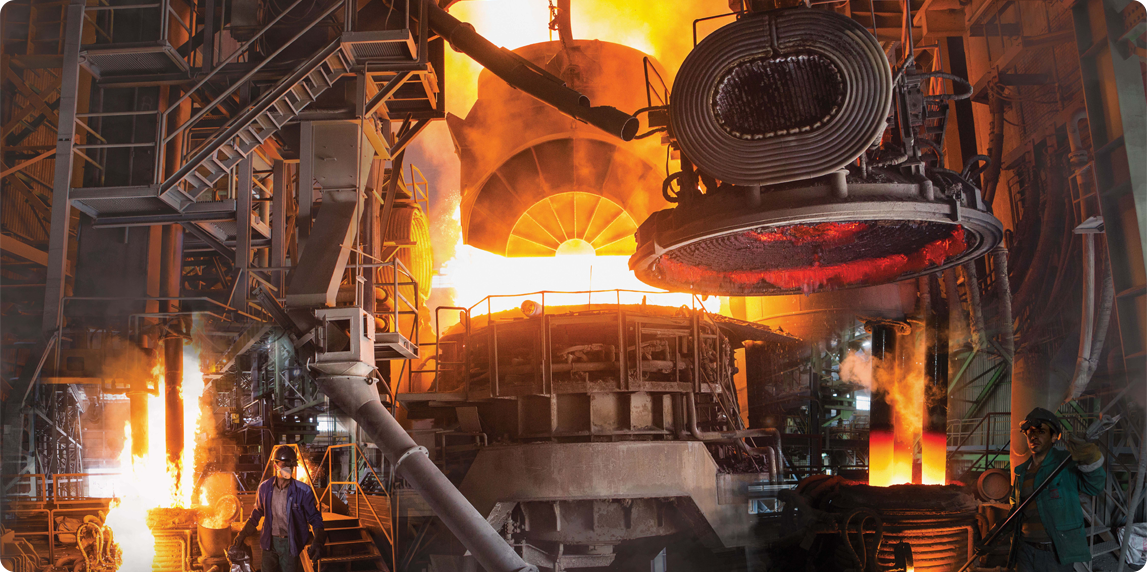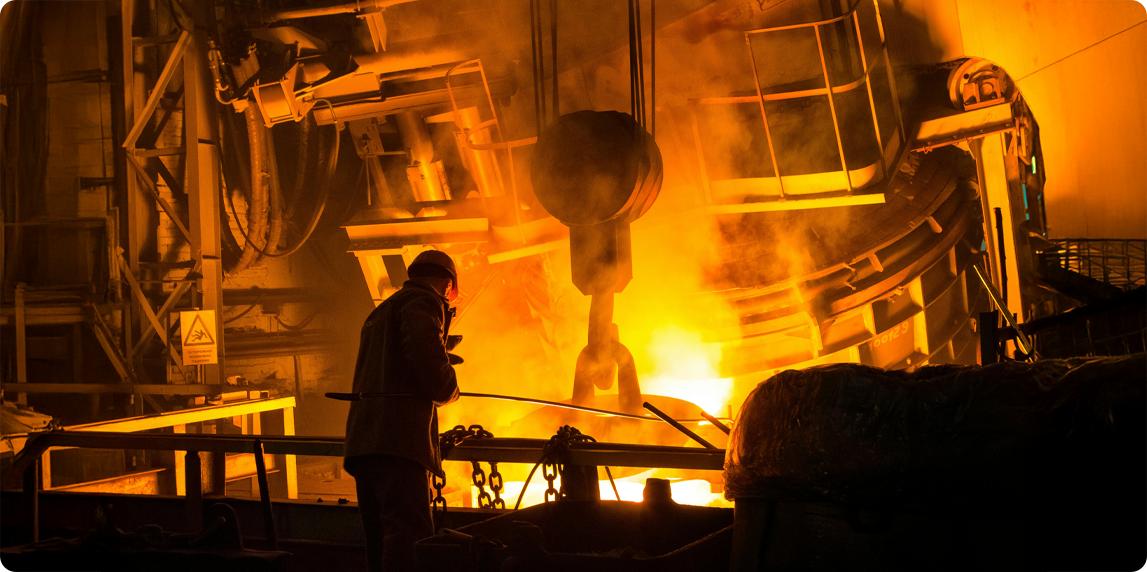
In the world of induction melting and metallurgy, refractory lining failures are among the most common and costly problems. They lead to downtime, material wastage, poor melt quality, and sometimes even equipment damage.
Whether you’re operating a 1-ton furnace or a 15-ton setup, lining mistakes are often a result of manual processes, poor compaction, or uneven distribution of refractory materials. Fortunately, there’s a proven solution: the Lining Vibrator.
What is a Furnace Lining?
Furnace lining is the protective inner layer of an induction furnace that insulates and shields the shell from molten metal and high temperatures. It’s made of refractory material—either acidic (like silica) or basic (like magnesite).
Correct application of this lining is critical to:
- Furnace longevity
- Safety
- Energy efficiency
- Melt quality

5 Common Furnace Lining Mistakes
1. Poor Compaction of Refractory
Mistake: Using manual ramming, especially near walls and curves, leads to air pockets and loose zones.
Risk: Cracks, erosion, and lining collapse.
Solution: LeisterTech’s Lining Vibrators deliver consistent, even vibration that compacts the entire crucible uniformly—no loose areas.
2. Non-Uniform Material Distribution
Mistake: Uneven layering due to untrained labor or inconsistent feeding.
Risk: Uneven wear, hot spots, and heat leaks.
Solution:Mechanical vibrators ensure even spreading and symmetrical compaction, especially in vertical sections.
3. Over- or Under-Vibration
Mistake:Too little vibration leaves voids; too much causes segregation or cracking.
Risk:Weak lining and wasted material.
Solution: LeisterTech’s vibrators have calibrated RPM settings ideal for different refractory types, ensuring precision every time.
4. Ignoring Dry Zones Near Corners or Bottom
Mistake: Manual compaction can’t reach narrow or deep crucible areas.
Risk: Localized failures leading to unsafe conditions.
Solution:Custom-fit vibrators from LeisterTech can be adapted for deep crucibles and corner-heavy geometry.
5. Using Incompatible Tools
Mistake: Relying on general-purpose vibrators or improvised rods.
Risk: Inconsistent performance and high wear on tools.
Solution: Our dedicated Lining Vibrators are built for refractory-specific applications with optimized head shapes and motors.
Case Example: Saving Time and Money
Industry: Steel Casting Foundry, Maharashtra
Problem: Frequent crucible failures after just 20 heats
Diagnosis: Poor compaction in bottom lining layer
Solution: Installed LeisterTech’s Model XL Lining Vibrator
Outcome:
- Campaign life increased from 20 to 32 heats
- Refractory usage reduced by 18%
- Downtime cut by 5 days/month
- ROI recovered in just 2.5 months
Learn more about the model used: leistertech.com/product/lining-vibrators
Expert Tip from LeisterTech
Need to Audit Your Lining Process?
We offer free consultations and on-site demo support for industries looking to upgrade their lining practices.
📞 +91 93289 16310 / +91 99091 79617
✉️ Email: info@leistertech.com
🌐 Visit: leistertech.com/contact-us
lpipl
lpiplYou Might Also Like
- lpipl
- 0 Comments
- lpipl
- 0 Comments
- lpipl
- 0 Comments


